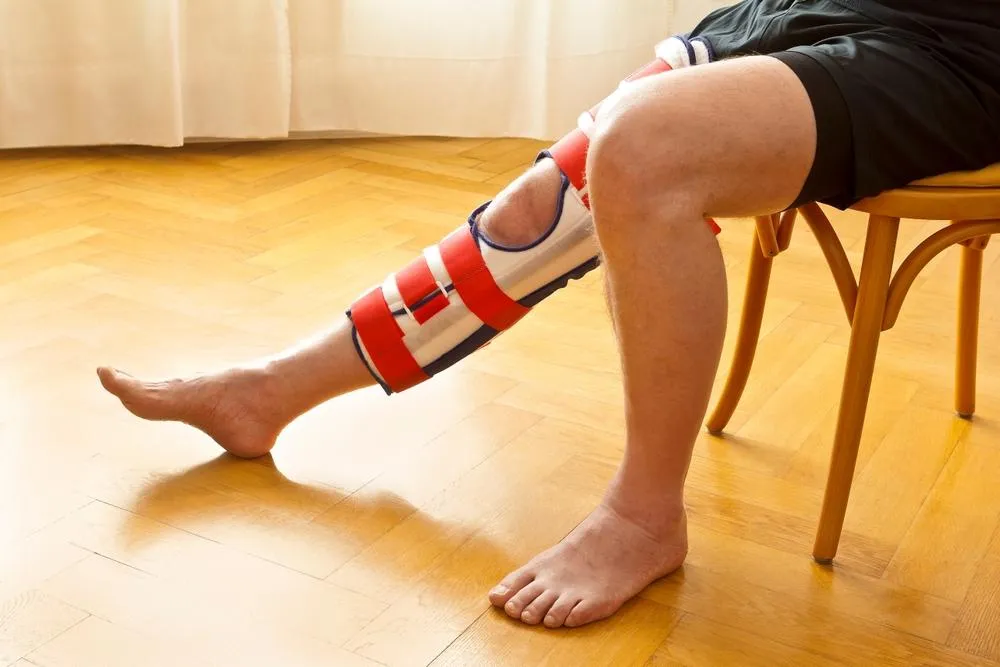
What Really Happens After an Injury?
What actually goes on in the body when a muscle tears, a joint hyperextends, or a ligament takes a hit? For athletes who push their limits, this question is more than mere curiosity, as it is central to performance, resilience, and longevity in sports. Sports injury recovery is not just a matter of resting until the pain goes away; it’s a highly orchestrated process involving the body’s immune system, musculoskeletal structure, and long-term adaptation. The more we understand this process, the more effectively we can heal, train, and prevent reinjury.
The Body’s Immediate Response to Injury
The very moment an injury occurs, the body initiates a protective cascade known as the inflammatory response. Blood rushes to the affected area, bringing oxygen, nutrients, and immune cells that start clearing away damaged tissue. This explains the swelling, redness, and warmth that athletes notice almost instantly after a sprain or strain.
Inflammation often has a bad reputation, but it is a necessary first step in healing. White blood cells act like clean-up crews, removing damaged tissue and preparing the injured site for repair. However, when inflammation lingers unchecked, it can delay recovery and even contribute to long-term pain syndromes.

The Healing Phases in Sports Injury Recovery
Recovery unfolds in distinct but overlapping phases:
Phase One: Inflammation. Within the first 48–72 hours, the body floods the injury with inflammatory mediators. Pain and swelling act as natural alarms, signaling the athlete to reduce movement and protect the area.
Phase Two: Repair. Over the following days and weeks, fibroblast cells begin producing collagen, the structural protein that forms the foundation of healing tissue. Scar tissue starts to knit the torn fibers back together, but at this stage, the new tissue is fragile and lacks the flexibility of uninjured muscle or tendon.
Phase Three: Remodeling. Lasting weeks to months, this phase strengthens the repaired tissue through gradual stress and movement. Without careful guidance, scar tissue can stiffen, leaving athletes vulnerable to re-injury. But with structured rehabilitation, the tissue adapts and regains function.
Incomplete or rushed healing is one of the main reasons athletes face chronic pain and recurring injuries. Understanding these phases underscores why guided recovery is vital.
Long-Term Impact of Combat Sports Injuries
Combat sports and martial arts carry unique physical demands. High-impact strikes, grappling, repetitive twisting, and sudden hyperextensions all put joints, ligaments, and muscles under intense stress.
An untreated ligament sprain in the ankle, for example, can alter movement patterns, leading to instability and increasing the risk of knee or hip injuries later. Repeated blows to the shoulders and elbows can accelerate joint wear, while spinal misalignments from falls or chokes may trigger lasting discomfort.
Over time, these injuries may progress into arthritis, tendon degeneration, or limited range of motion that hampers performance. For athletes whose identity and passion are tied to their sport, the long-term consequences of neglecting proper care can be devastating.
Avoiding Serious Setbacks
The best recovery strategy begins with prevention. Consistent warm-ups, mobility work, and attention to technique can dramatically reduce injury risk. Just as important is addressing even minor injuries quickly before they evolve into major setbacks.
Structured rehabilitation plays a central role. Guided exercise rehab retrains the body to move efficiently, restoring joint stability and muscular balance. Without it, athletes may compensate with unhealthy movement patterns that invite future injury.
Recovery also depends heavily on what happens off the mat or field. Fueling the body correctly accelerates tissue repair and reduces downtime. For example, collagen synthesis requires vitamin C, protein, and amino acids, while antioxidants help regulate inflammation. In fact, the role of nutrition in sports injury recovery is so significant that many modern recovery programs now combine physical therapy with personalized dietary support.

Modern Supportive Therapies for Sports Injury Recovery
Advances in therapeutic technologies are giving athletes more tools than ever to speed up recovery and reduce pain without relying solely on medication.
One promising approach is shockwave therapy for combat sports practitioners, which uses acoustic waves to stimulate cellular repair, break down scar tissue, and improve circulation to injured areas. This can be particularly helpful for stubborn tendon injuries or deep muscle trauma that traditional methods struggle to heal.
Similarly, red light therapy has been shown to reduce inflammation and enhance mitochondrial activity, the process by which cells produce energy. By energizing the body at a cellular level, it supports faster tissue repair and pain relief.
When integrated with chiropractic adjustments, soft tissue mobilization, and nutritional guidance, these therapies form the backbone of a comprehensive sports injury treatment program, one that doesn’t just manage symptoms but restores function and helps athletes return stronger.
Healing Stronger, Not Just Healing Back
Recovery is not about waiting for pain to fade; it’s about guiding the body through its natural phases of repair and making sure nothing is left incomplete. Athletes who take recovery seriously, embracing structured rehabilitation, nutritional support, and modern therapies, don’t just heal, they adapt and build resilience against future setbacks.
At Optimal Health Members, we dedicate our time to helping athletes and active individuals regain their strength, mobility, and confidence after injury. Through a combination of SoftWave tissue regeneration, red light therapy, chiropractic care, and personalized recovery planning, we focus on reducing inflammation and restoring optimal function.
Book a session to start treatment.